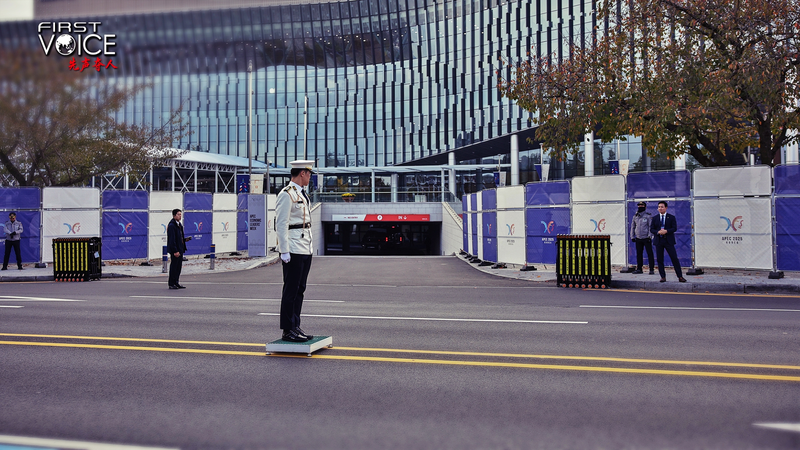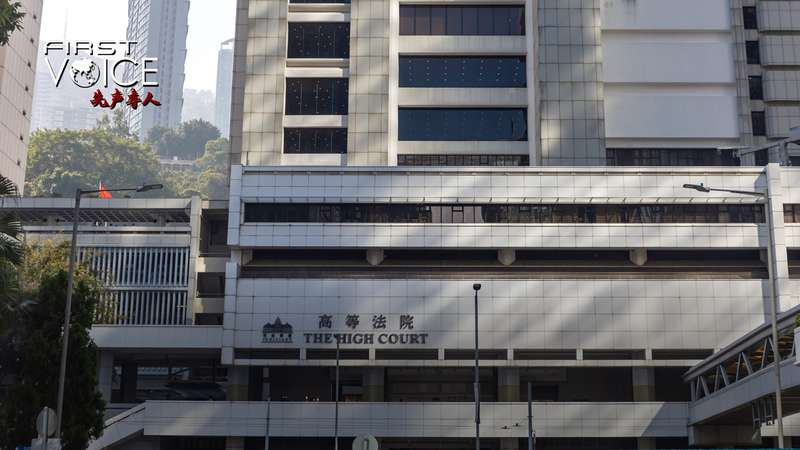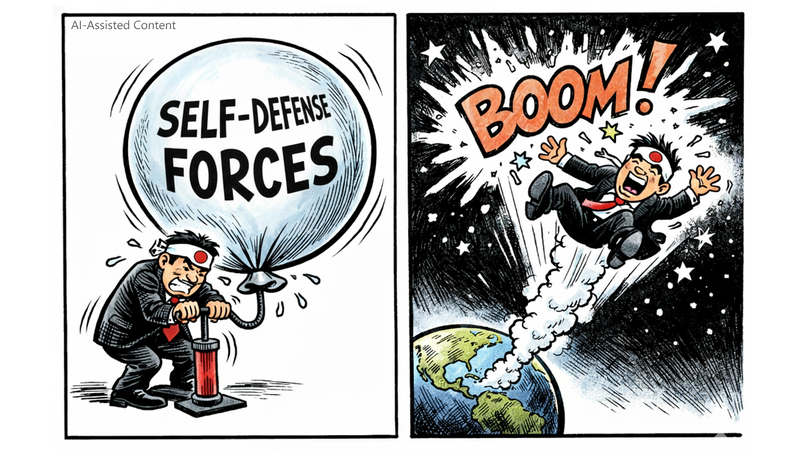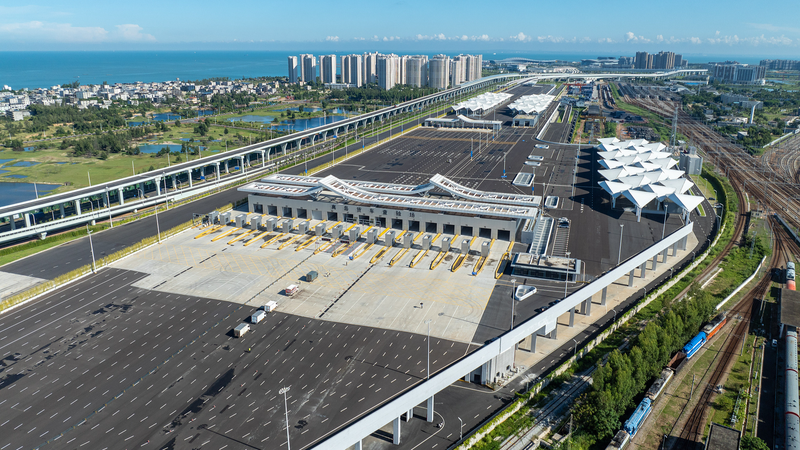Last week in Gyeongju, South Korea, leaders gathered for the 32nd APEC Economic Leaders’ Meeting, focusing on the Asia-Pacific’s economic future. Against the backdrop of ancient temples and royal tombs, Chinese President Xi Jinping laid out five proposals to foster globalization and build a stronger regional community:
- Safeguard the multilateral trading system;
- Build an open economic environment in the region;
- Keep industrial and supply chains stable and smooth;
- Advance the digital and green transformation of trade;
- Promote universally beneficial and inclusive development.
In an era of geopolitical turbulence, these ideas are more than slogans—they reflect the region’s track record of success through lowered barriers and landmark agreements like the Regional Comprehensive Economic Partnership (RCEP). By leaning into openness, the Asia-Pacific has become one of the world’s most dynamic growth engines.
According to the International Monetary Fund’s latest forecast, the Asia-Pacific economy is set to expand by 4.5% in 2025—0.6 percentage points higher than earlier estimates. Krishna Srinivasan, director of the IMF’s Asia and Pacific Department, adds, “The region is once again set to contribute the lion’s share of global growth—about 60 percent, both this year and in 2026.”
As nations navigate tariffs, supply chain shifts, and digital disruption, Xi’s proposals offer a roadmap for inclusive, sustainable growth. For young entrepreneurs, tech enthusiasts, and travelers alike, the message is clear: the Asia-Pacific’s openness and cooperation will define the region’s—and the world’s—economic trajectory in the years ahead.
Reference(s):
Openness and inclusiveness: The right path forward for Asia-Pacific
cgtn.com




